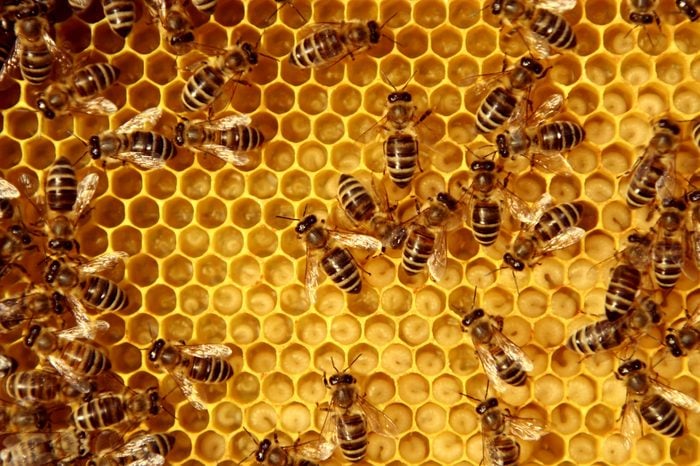
Small wonders
Humans often forget just how interconnected the world is—and just how much we rely on the work of animals to keep it healthy and buzzing along. As the saying goes, out of sight, out of mind. Still, when we do think about it, it’s pretty easy to see the effects that certain larger animals have on the environment. When beavers build dams, for example, they change the flow of rivers. But even the smallest creatures can make big changes and contributions, and without them, the world would be a very different place. Here are some of tiniest ones on the planet and the essential roles they play. When you’re up to speed, check out some of the biggest living animals in the world.
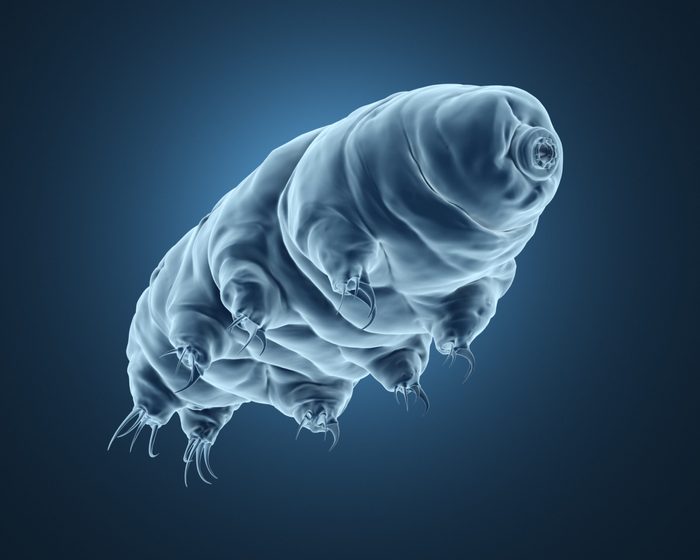
Tardigrades
You may have first heard about tardigrades from Star Trek, with the USS Discovery using one of these creatures to jump through time and space. But tardigrades aren’t science fiction. The real ones, however, are rarely more than a millimeter in size. Live Science describes how tardigrades look a little like fat bears or piglets—hence their nicknames of “water bears” or “moss piglets”—except they have eight legs and a round telescoping mouth. National Geographic says there are about 1,300 different species of them, and they live everywhere from sand dunes to deep in the ocean. They can even live in the vacuum of space (but, as far as we know, can’t help spaceships fly). Tardigrades hold the title of the most indestructible species on the planet, but they need a layer of water around them to thrive or they’ll go into a kind of hibernation mode; this is why their preferred homes are mosses and lichens.
So, why are these tiny creatures such a big deal? Tardigrades are useful for the ecosystem because they’re a pioneer species, meaning they’re often the first creatures to inhabit an environment. They can survive where other multicellular organisms can’t, like in the deep seas or in the aftermath of a volcanic eruption. They create carbon, nitrogen, and phosphorus, essential building blocks of life, and therefore attract microscopic animals and plants, which eventually become part of the food chain for larger animals. Scientists think tardigrades will play an important role as the Arctic’s permafrost melts and could even pave the way for colonizing Mars. They might also help researchers learn how to extend human life in extreme circumstances. Powerful and cute!
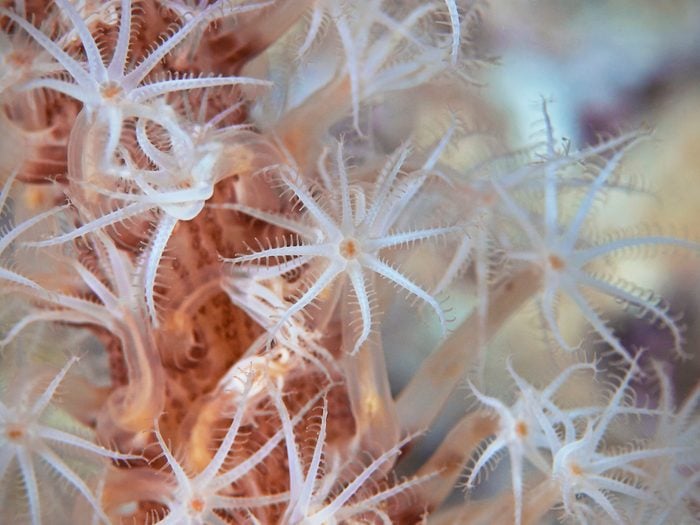
Coral polyps
Coral polyps, small translucent creatures related to sea anemones and jellyfish, are essential components of coral reefs. They’re soft on top like jellies and anemones, but they have a hard skeleton made of limestone at their base, says zoologist Matthew Oldfield, cofounder of ZuBlu Diving in Asia. “As each polyp grows, it splits, budding off a clone of itself again and again,” he explains. Weirdly, coral polyps secrete their own skeletons, which are made of calcium carbonate. The skeletons protect the coral polyps from predators, plus give other polyps a hard place to attach themselves and grow. Eventually, a colony of genetically identical polyps creates a coral reef.
Healthy coral reefs protect shorelines from storms and are an important place for young fish, which eventually form part of the food chain. According to National Geographic, coral reefs provide support to 25 percent of all marine creatures, though the reefs cover less than one percent of the entire floor of the ocean. But reefs are under threat from ocean warming and pollution, which could seriously harm underwater ecosystems.
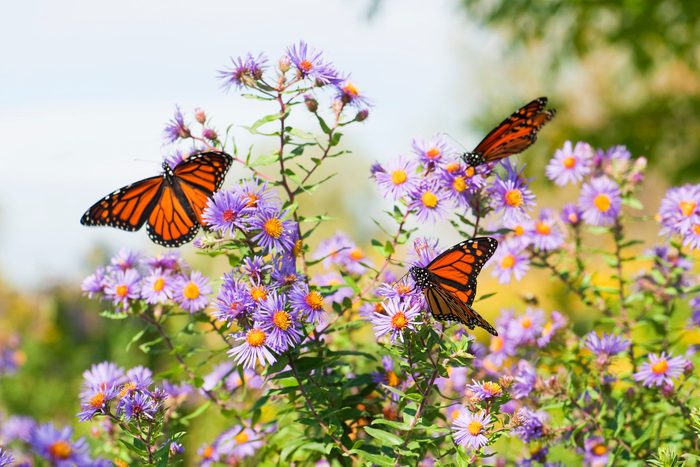
Butterflies
All butterflies are excellent pollinators, including the tiniest among them: the Western pygmy blue, which has a wingspan of no more than three-quarters of an inch. Pollination is essential to maintaining our food supply, and in fact, one-third of the food humans eat relies on pollinators like butterflies, according to Sciencing. Some butterfly species help us further by eating tiny aphids, the garden pests that like to destroy many of our crops. Creating the conditions to attract and support some types of butterflies is an environmentally friendly way to keep aphids at bay.
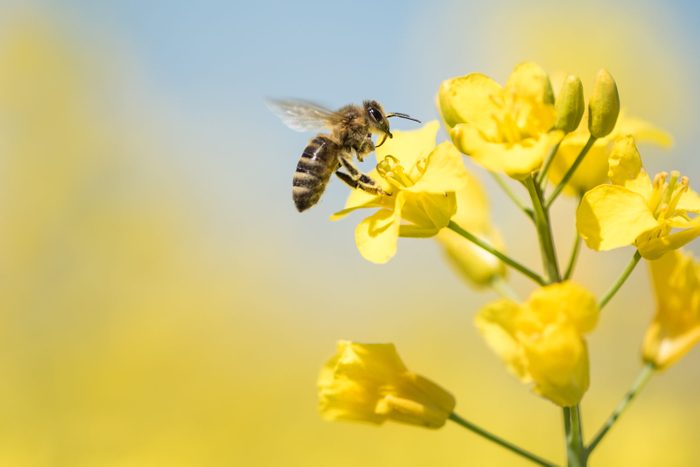
Bees
Bees are another essential pollinator, and our food—including coffee!—is at risk because of the decline in bee populations from pesticides, climate change, and habitat loss. Honeybees are one essential species, but bees of all kinds are important to the world, and we’re learning new ways they can help us all the time. Mental Floss reports, for example, that a substance that bees use to create their hives, called propolis, has been effective in relieving human ailments like cold sores, cavities, and eczema.
Another weird bee fact: Bees have helped humans find abandoned landmines and identify toxic chemical spills. How? According to Nature Physics, trainers can actually teach bees to associate the smell of TNT and specific chemicals with food. Lasers are then used to track the parts of a potential minefield that the bees spend more time at. Because bees are so light, they can identify mines that might have gone off if a dog or rat was used to sniff them out.
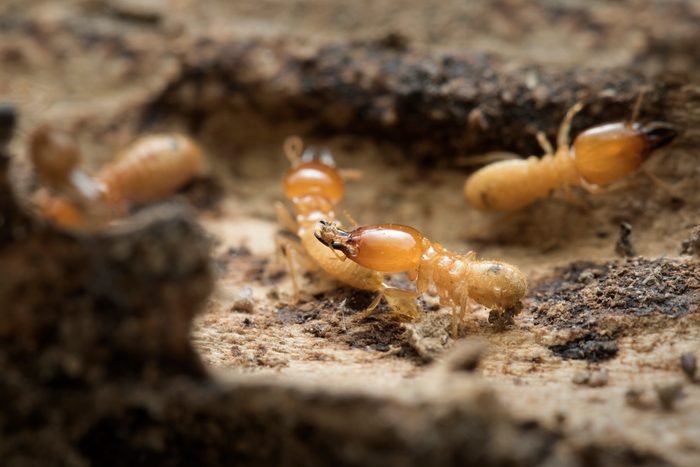
Termites
While you don’t want termites near your house, these bugs do provide a very useful service in the forest: They eat decomposing leaves and other plant matter. Plus, the soil from termite mounds is rich in nutrients, and farmers use it as fertilizer. In fact, using termite soil on farms can increase crop yield by 300 percent, according to environmental microbiologist Adenike A. Akinsemolu, founder of The Green Institute and author of The Principles of Green and Sustainability Science.
Akinsemolu also says that termites are an inspiration to human architects. For example, termites inspired the design of the Eastgate Centre in Harare, the largest office and shopping complex in Zimbabwe. Rather than using conventional air conditioning, she explains, the architect used “biomimicry principles” so that the building’s environment could be regulated naturally, much like a termite mound.
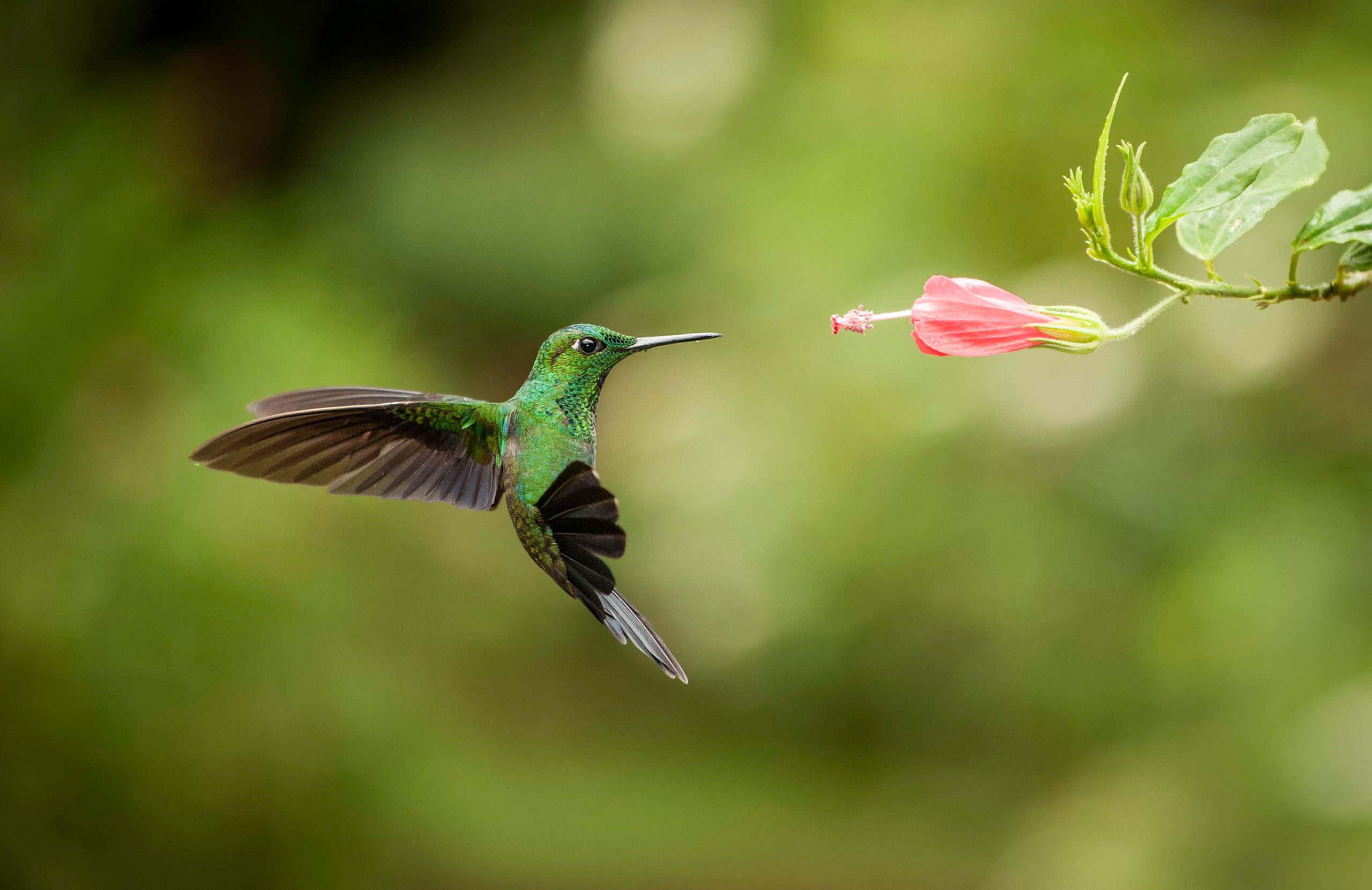
Hummingbirds
Unlike termites, it is nice to have hummingbirds around your house. They’re one of the smallest birds in the world. The tiniest, the Cuban bee hummingbird, weighs less than a dime and is only about two inches long. Despite their diminutive size, hummingbirds are powerful—they can hover in place, fly backwards, and fly at elevations where there’s almost no oxygen. That’s especially important when it comes to maintaining certain ecosystems. Science Nordic says that many plants rely on hummingbirds for pollination, especially in lowland rainforests and cloud forests, where flying insects like bees have trouble with the rain. And that’s not all: Because each hummingbird is adapted to drink from a specific flower, it’s thought that they’re an important part of plant biodiversity, too.
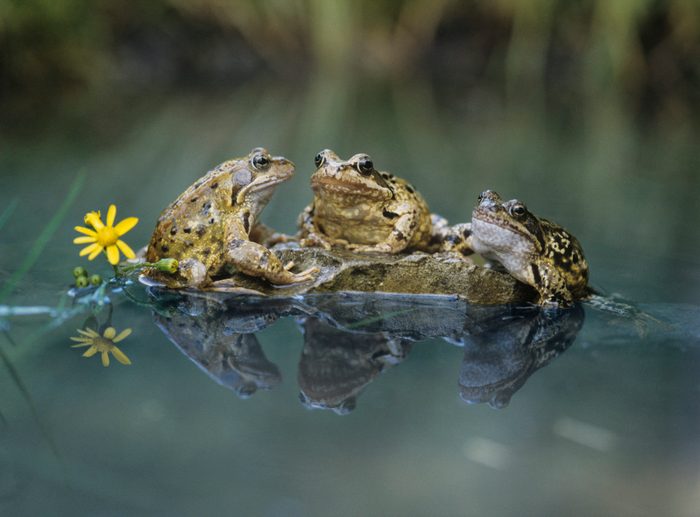
Frogs
Frogs help us by keeping insect populations in check. Like canaries in coal mines, they can also indicate to scientists when water quality is poor. If their environment isn’t healthy, they will change their habits, leave ponds and streams, stop reproducing, get sick, and sometimes die. And, like many little animals, frogs are important for providing food for bigger animals. Birds; snakes; fish; and mammals like raccoons, otters, and foxes eat frogs. Some carnivorous frogs even eat other frogs!
Did you know that not all toads are frogs, but all frogs are toads? That’s one of these 10 interesting animal distinctions you probably get confused. Also, we bet you didn’t know that frogs have teeth but toads don’t!
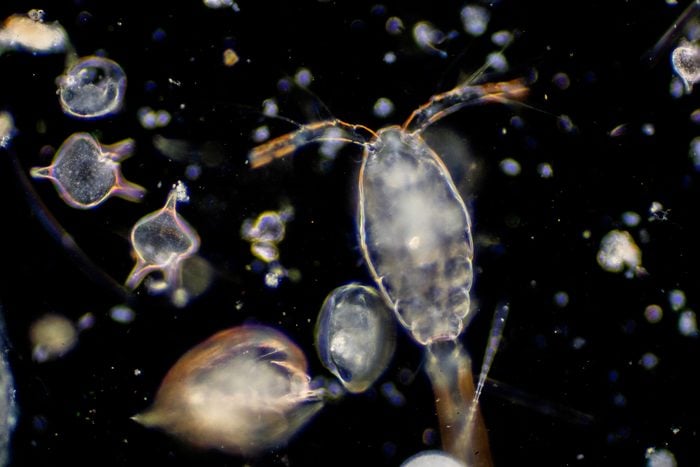
Plankton
Plankton is the name we give to all the tiny organisms (both plants and animals) that float in currents but aren’t able to propel themselves. An individual plankton organism is called a plankter. If you think whales are cool, give plankton a big thank you because huge baleen whales eat tiny plankton almost exclusively. If we didn’t have plankton, many animals throughout the food chain would starve. “The biodiversity of our planet is disproportionately enriched by small animals,” says Richard Smith, PhD, a marine biologist, conservationist, and author of The World Beneath.
Plankton also help break down organic material in the water, which creates both food for other organisms and oxygen for the entire planet. In fact, phytoplankton are responsible for creating about 70 percent of the world’s oxygen, reports National Geographic. One type of plankton, called prochlorococcus, is so small that there are millions of them in a single drop of water. Discover another 13 fascinating facts about the world’s oceans.
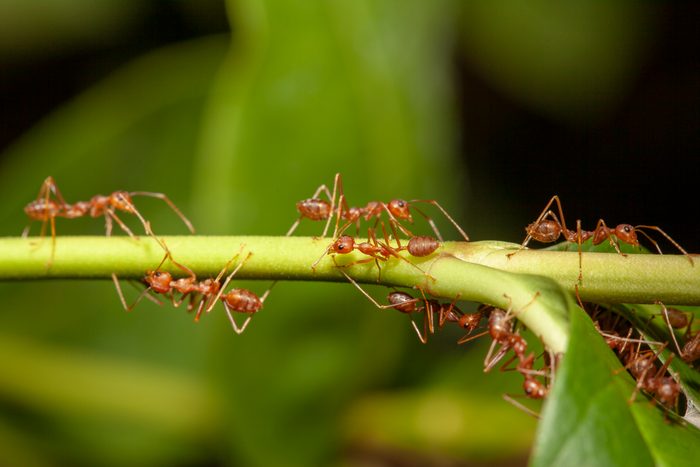
Ants
Ants are the janitors of the forest, cleaning up dead stuff and making way for new life. They sometimes help spread seeds to grow new plants, too. When ants build tunnels in the soil, they aerate it and recirculate nutrients essential for plant growth. Ants are also social animals, notes Olav Rueppell, PhD, a biology professor at the University of North Carolina at Greensboro. “Social insects such as honey bees, wasps, ants, and termites not only provide many essential services by pollinating what we eat, preying on pests, and decomposing what we throw away, but also show us the power of cooperation and altruism,” he explains. Learn the truth about these 27 “facts” about animals that you have all wrong.
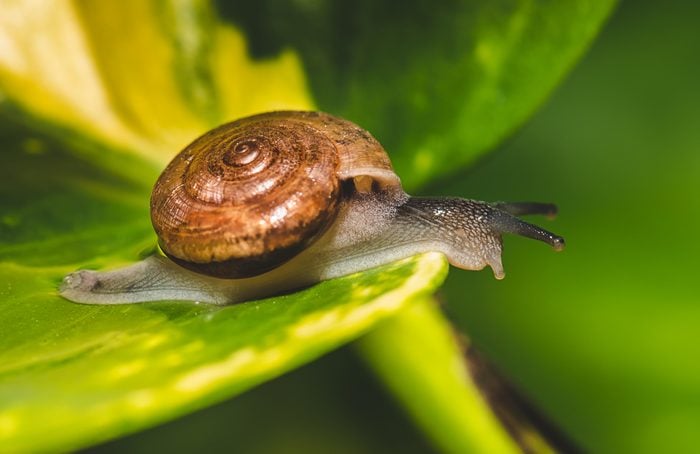
Snails and slugs
There are all sorts of snails and slugs, some ugly (we mean you, banana slug), some kind of cute, and some just weird (check out this snail that creates its own shell of iron). But these creatures, like millipedes, worms, flies, woodlice, and even lobsters, are detritivores. That means they eat detritus, or organic waste composed of dead plants and animals. We know, it’s not the most appetizing thing in the world, but it’s incredibly important, notes chemical ecologist Heidi Appel, PhD, dean of the University of Toledo Jesup Scott Honors College and a professor of environmental science. “Tiny animals like detritivores make our lives possible,” she explains, as they recycle nutrients in the circle of life. “[Plus], without them, we’d be buried in dead stuff and starved for nutrients.” So while slugs might give you the creepy-crawlies, life would be even grosser without them.
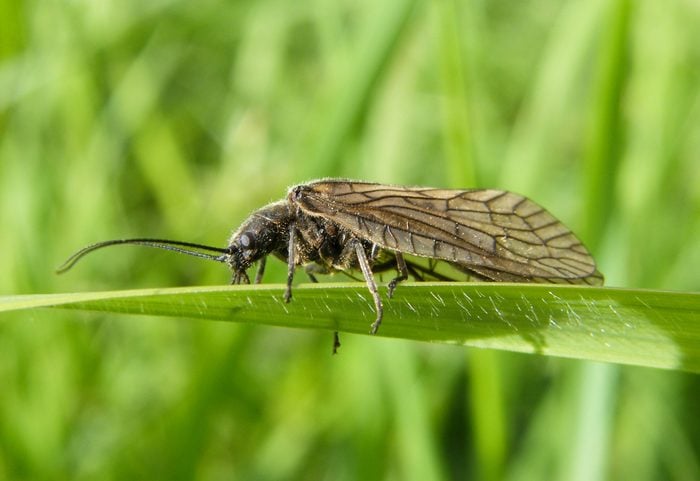
Caddisflies
There are about 7,100 different species of caddisfly around the world, about 1,340 of them in North America. They’re usually found in lakes, ponds, and rivers, and the largest are only about one inch long. Think of the caddisfly as a water spider. In their larval stage, they produce nets of sticky silk to help them catch tiny particles of food that move through the water they live in. Their dinner preparations benefit the river by preventing the river gravel from flowing away downstream, which, in turn, reduces erosion. So maybe give the caddisfly a nod of thanks next time you take a walk by a beautiful river.
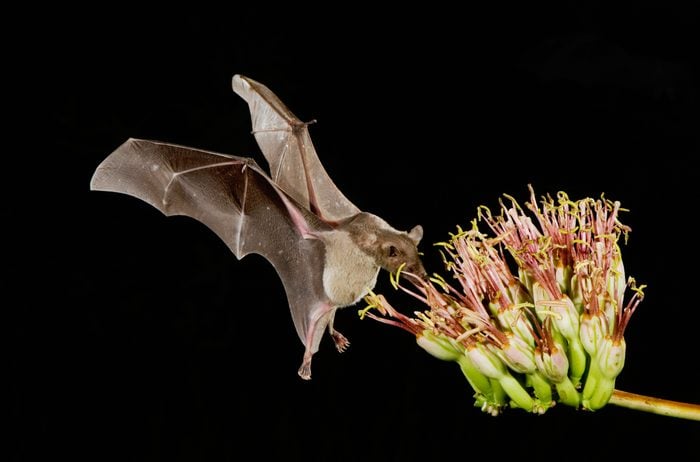
Lesser long-nosed bat
The three-inch-long lesser long-nosed bat spends its winters in Mexico and its summers in states like Arizona and New Mexico. They were declared endangered in 1988, but efforts to protect them were effective. In 2018, they became the first bat to be removed from the United States list of endangered species—not because they became extinct but because their numbers had improved. But now, their populations are decreasing again, and the International Union for Conservation of Nature (IUCN) has listed them as “Near Threatened.”
Why are these little bats so important? They pollinate a lot of plants, and they’re vital for pollinating blue agave, the plant that gives us tequila. So, the next time you have a margarita, give a toast to the lesser long-nosed bat and all these tiny creatures that help the environment. Next, learn about more incredible animals that came back from the brink of extinction.
